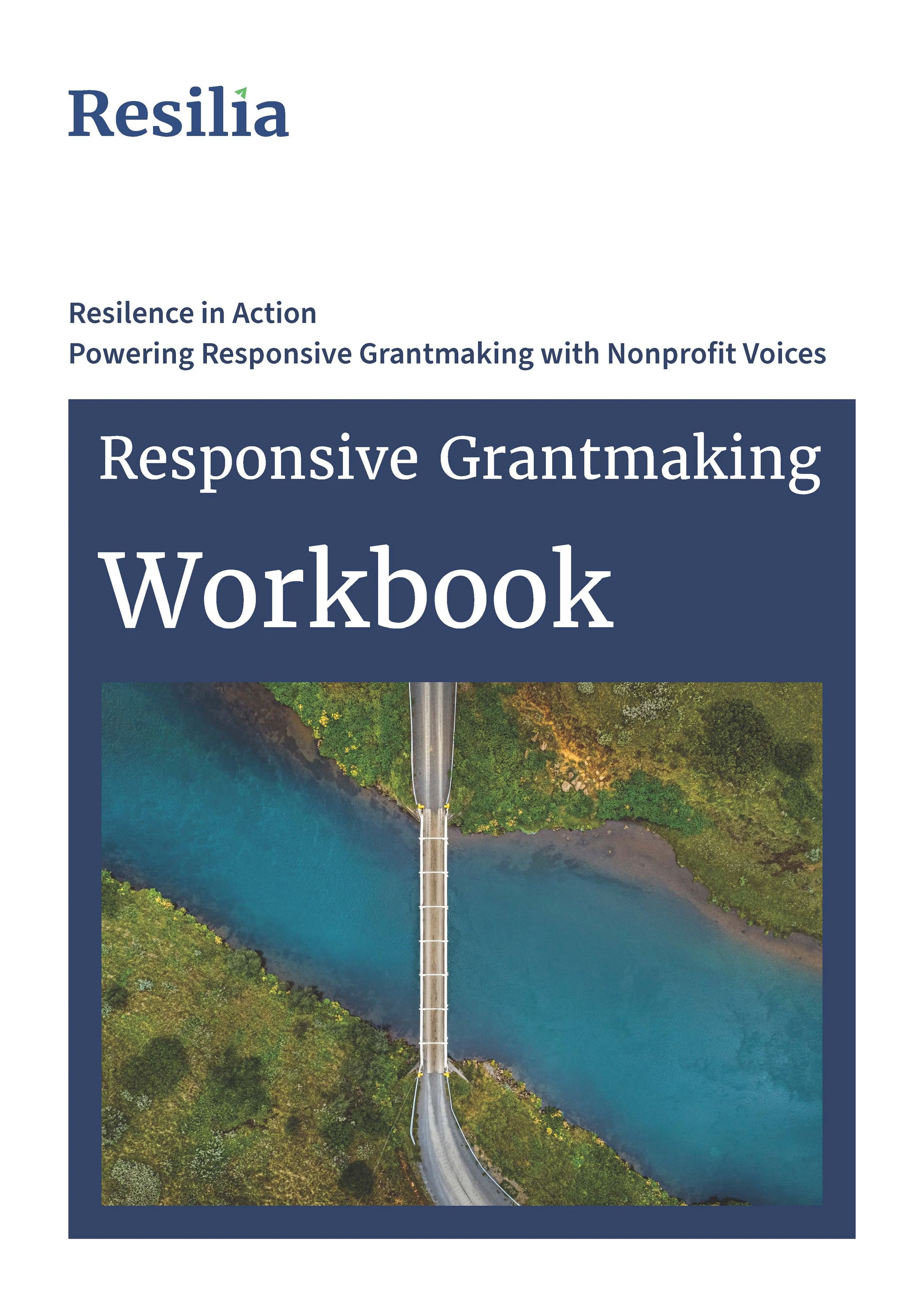Closing the Gap Between Vision and Practice for Responsive Grantmaking
Insights from a recent grantmaker workshop reveal the challenges and aspirations of today's foundation leaders
Making the transition from traditional, long-standing grantmaking to responsive, trust-based approaches we know our communities need isn’t simple or straightforward.
During our recent workshop, grantmakers across the country shaped a vision of ideal responsive grantmaking practices, the barriers that prevent their progress, and ways to take action.
The Vision is Clear
Foundation leaders painted a picture of what ideal grantmaking should look like, with being able to meet nonprofits where they’re at as a consistent throughline. With collaborative, coordinated funding that puts grantee voice at the center of decision-making and flexible fund disbursement that responds to what organizations actually require rather than applying one-size-fits-all solutions.
Improving systems and processes was another standout theme. With grantmakers wanting transparent communications throughout the grant process, including explaining decisions when applications are declined, creating meaningful feedback opportunities for continuous improvement, and finding ways to maintain accountability while minimizing administrative burden on both funders and grantees.
The Implementation Gap
Grantmakers identified significant barriers preventing them from achieving responsive practices.
The most frequently cited obstacle wasn't external—it was internal. Board dynamics, outdated internal systems, and the challenge of sustaining new practices within existing organizational structures topped the list of concerns. "Always been done" thinking emerged as a persistent challenge, along with demand to follow sector trends, instead of responding to actual community needs.
The disparity between needs versus resource availability was also frequently noted—fundamental resource constraints that affects every decision foundations make.
Small Shifts, Big Impact
Grantmakers identified practical, achievable changes they could implement immediately. These small shifts can create ripple effects, like:
Developing collective definitions of impact: Creating shared understanding of success metrics to build organizational buy-in for new approaches.
Including nonprofit leaders in decision-making: Establishing regular working groups of nonprofit leaders to provide ongoing input, creating formal structures for sustained grantee voice in foundation decision-making.
It’s not surprising that a few ideas that arose were focused on organizational changes:
Responding to needs rather than giving equal funding: Shifting from standardized grant amounts to awards that reflect what organizations actually require.
Increasing funder capacity strategically: Investing in additional staff, funding, and overhead to support more responsive practices.
The Collaboration Imperative
When discussing opportunities for shared action, grantmakers emphasized their desire for more peer learning opportunities, like events that facilitate sharing best practices, successes, and challenges.
Legal requirements for reporting were seen as conflicting with relationship-building approaches, creating a compliance versus collaboration dilemma.
A strong theme emerged around how to be better connected for resource sharing and coordination. Foundations want to share grantee information to reduce barriers to funding opportunities and coordinate funding conversations to avoid duplication and maximize impact. As well as expressing interest in collaborative funding models that pool resources and expertise.
What This Means for the Field
This feedback reveals a field in transition. Foundation leaders have a sophisticated understanding of what responsive grantmaking looks like and genuine commitment to getting there. The barriers they face aren't philosophical, they're practical. They need tools, frameworks, and support to overcome internal obstacles and implement the collaborative, grantee-centered approaches they envision.
The gap between vision and practice isn't a sign of failure—it's a call to action. These foundations are ready to move beyond traditional approaches, but they need systems and support that help them navigate the transition from "always been done" to "what communities actually need."
For foundation leaders, this presents both validation and opportunity. You're not alone in recognizing the need for change, and you're not alone in facing implementation challenges.
Download our Resposive Grantmaking Workbook
Self Assessment
Self Reflection
Activity


